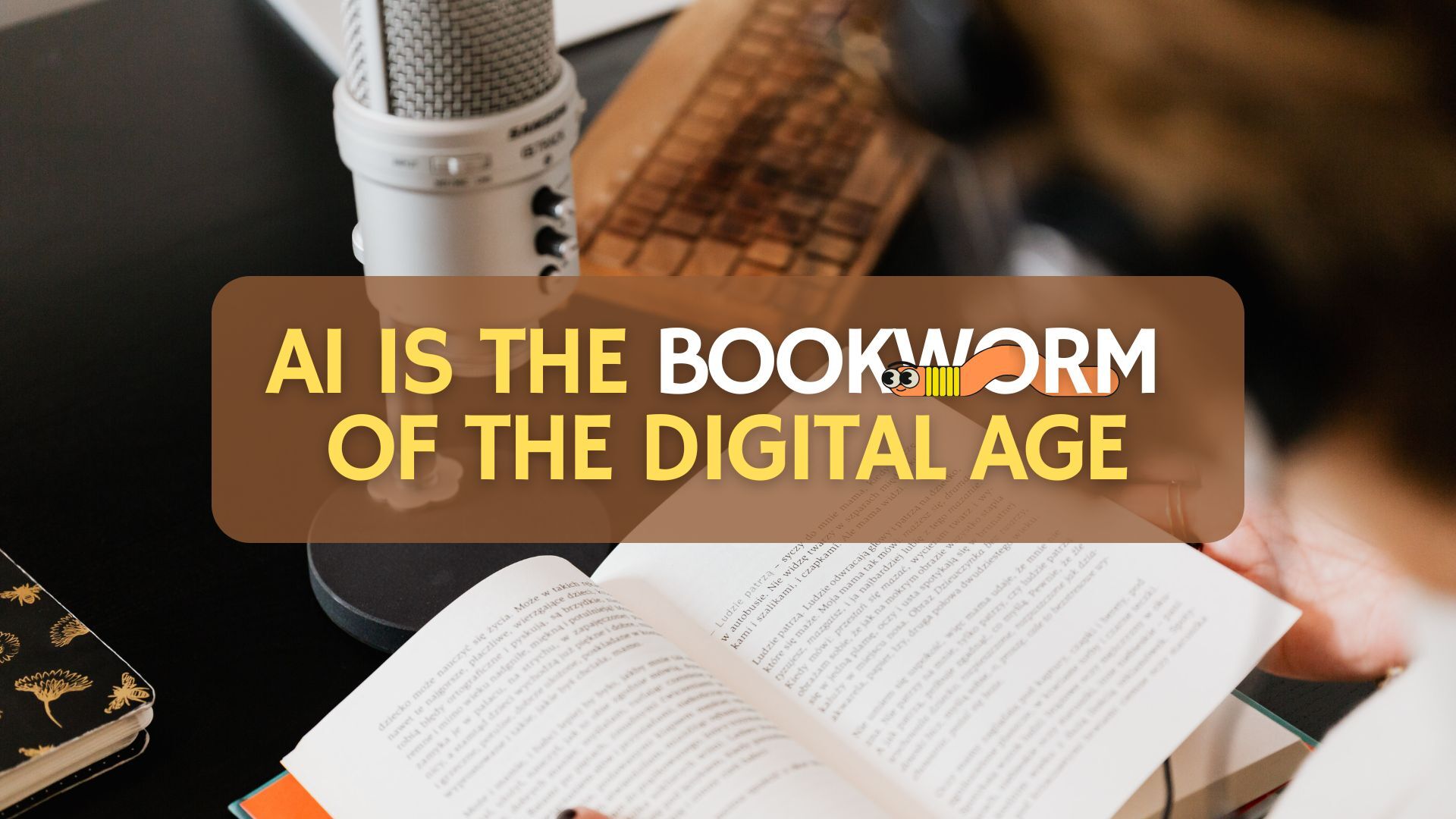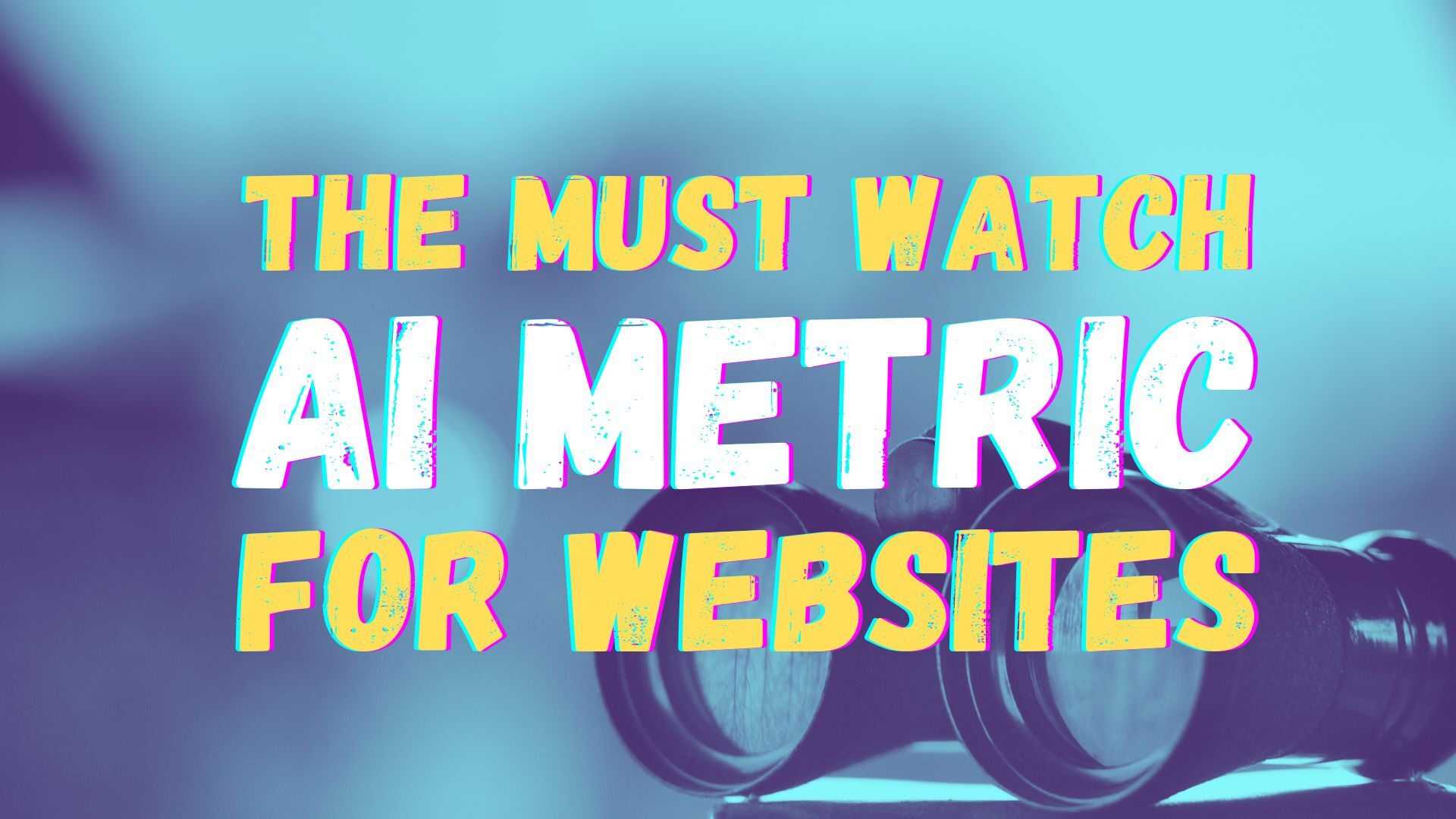Don’t just skim the cover—read the whole book (and this blog)—just like how LLMs scan entire websites for content.
I love books, and I love to listen to them. Before you get all judgy, just know it’s widely accepted among the bookish, #BookTok, and educators that audiobooks are a valid format. It works best for how I consume long-form information and fits my busy lifestyle as a full-time working mother. For decades, books have come in many formats: print, ebook, audio—even trailers in video format. They meet the needs of how the reader prefers to consume the story.
In the same way, search isn’t just about search engines anymore—and as digital marketers, we need to reposition our mindset. We must think about how our audience prefers to find and consume information—whether they’re searching, scrolling, using voice commands, or asking an AI.
Digital strategy isn’t limited to Google anymore. It’s YouTube, TikTok, Siri, and ChatGPT. Sure, Google still dominates and is packed with best practices—from E-E-A-T to “content is king” and schema markup. But platforms like TikTok are redefining content marketing through a video-first approach. And it’s not just social—it’s also search. People look for how-tos and explanations there. Bonus: it helps your Google visibility with the new Short Videos tab (as I mentioned in a previous blog). Win/win!
That’s the big challenge, and we’re all still figuring it out. But here's the first chapter to read as you get started:
Relook at Your Content Through the Lens of LLMs
Your website still needs traditional SEO, but LLMs (Large Language Models) rely on contextual understanding and content synthesis to deliver instant answers. (Source)
They crawl for insights, not just keywords. So ask yourself: Does your page offer only high-level overviews? Or does it go deeper, offering stats, examples, or original insights that most blogs skip?
- Provide real answers.
- Share useful tips.
- Highlight real experiences.
Jeff Coyle from Siteimprove recently noted during the SEJ Webinar, “The New SEO Playbook: How AI Is Reshaping Search And Content,” that brands now need breadth and depth, including breaking down (“chunking”) content.
“A brand new site will take an entire section or 40 articles... I just told an editorial team they needed to write 56 articles on a single topic.” (Timestamp: 40:50)
An AI Use Case Example
If you sell chocolate (my favorite SEO example), don’t stop at describing your product. Tell the whole story.
- Talk about where chocolate came from—its history, origin, and culture.
- Share the health benefits.
- Tell stories from happy customers.
- Explain what makes your process unique.
- Tease your secret ingredients or family recipes.
- Describe your chocolate so vividly—like a Food Network Star—it makes readers drool.
That’s the goal. And don’t post it all at once. Publish like a book series—bringing readers on a journey, one chapter at a time.
Chunking Content
“Chunking” means breaking up large documents or datasets into smaller, digestible sections. Don’t bury good content—break it out.
Take a long whitepaper, for example. Turn it into multiple blog posts or landing pages in addition to offering the full download. According to HubSpot Academy’s Content Marketing course, even when you publish the full content online, readers still want the downloadable version.
Syndicate Your Content
Think beyond one-and-done. Like a bestselling book in multiple formats, repurpose your top content.
- Turn a webinar into a YouTube video.
- Pull short clips for Reels or TikToks.
- Write a blog recap.
- Create quote graphics for social.
Should You Submit to AI?
If you’re considering submitting your content to an LLM for visibility—good instinct, but proceed with caution. There’s no guarantee your info will be cited, and you must avoid sharing anything proprietary, confidential, or with PII. The best practice? Make sure your XML sitemap is submitted to Google Search Console.
Bottom Line
So, keep reading (or listening). Whether it’s for pleasure or professional growth, your digital strategy should reflect how people actually consume information. Meeting your audience where they are—on every platform and format—is the key to staying competitive.




